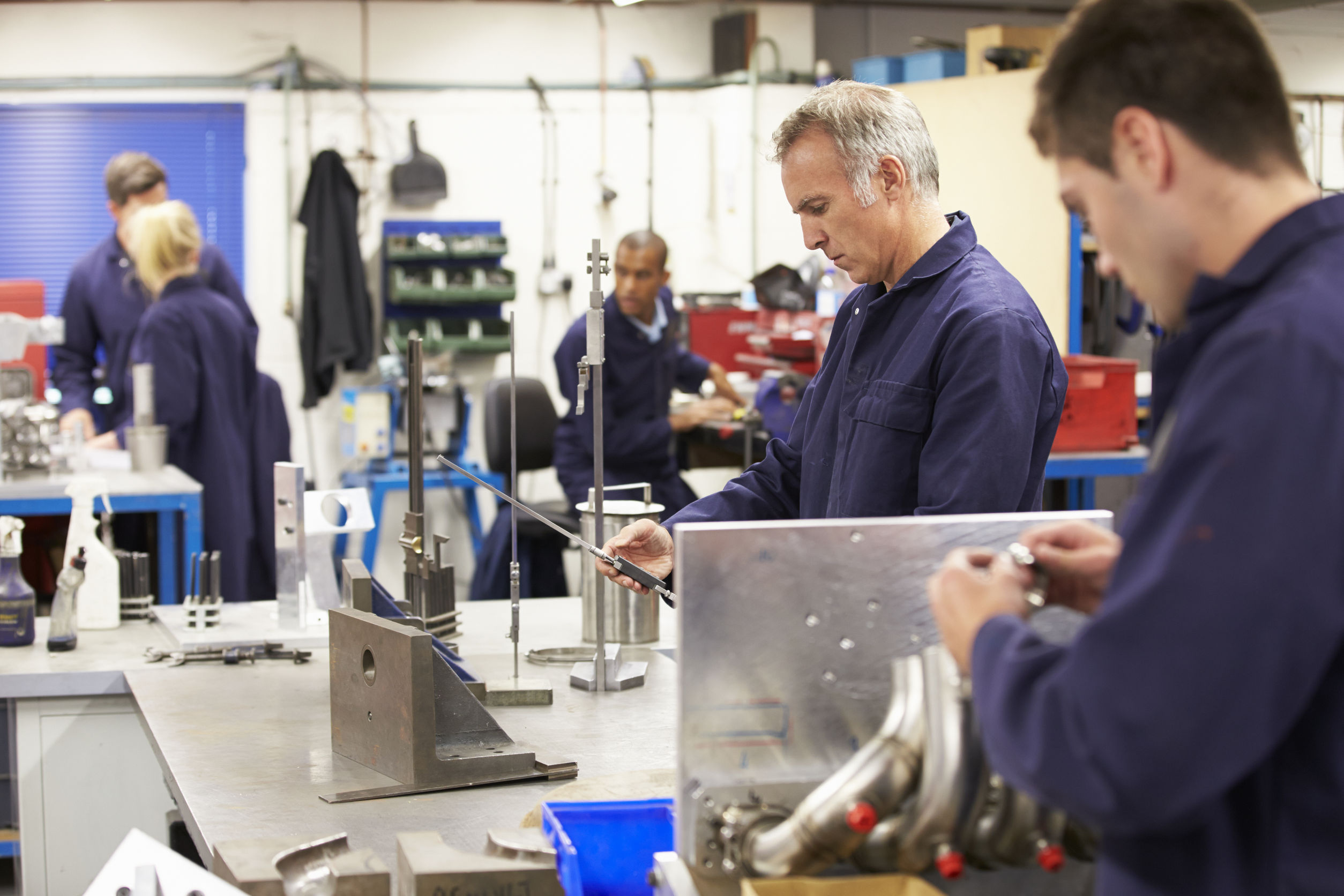Ensuring lean transformation – how to guarantee success in the long-term
04/04/2017

Transforming a company into a lean organisation does not just happen –the leadership team might have developed a detailed plan for the change but this does not mean the metamorphosis will be a success. Having a plan and implementing the tools of lean is only the start. For the organisation to benefit from the initiative more than management pronouncements are required. Any change needs to be accepted and adopted by the employees: it must become part of the culture.
Visiting Best Factory Award winners such as Brose, Domino and Fujifilm it is possible to identify that one of the important elements to successful transformation is the change in the organisational culture. It is easy to buy material about lean tools and then to train the workforce in their use, but this will not guarantee success in the long term. Changing the employees’ attitudes so that they adopt the new tools and abandon the old ways of working is the only way to ensure a sustained transformation.
There are several practical actions that should be taken as part of the transformation process. These will help to mould the culture so that it is possible to ease the introduction of lean.
Understand your current culture
Before making plans to introduce lean it is important to understand the current culture, to help better appreciate where the focus will need to be placed. As part of the process of determining the current state it is useful to pay attention to how employees express themselves, how they talk about the company and the management team.
Outline the future state
What is the ideal future state you want for the organisation? What is the kind of culture do you want to see in the future? How do you want the employees to behave in the future? How do you want them to react when you and the leadership team are not there to give guidance? Take the time to draw a clear picture of what you want your organisation’s culture to look like in the future.
Communicate the vision
When undertaking any change and especially when it comes to introducing lean into your organisation, it is important to communicate the vision you have for the business. Take the time to present a simple-to-understand vision of what the future will look like. As part of the process of communicating this vision don’t forget to explain what the advantages are for the shop floor, and how they will benefit from working towards the vision you are outlining.
Communicate progress
Keep the employees continuously informed, communicate (through all the channels) what is happening and what the results are. One of the reasons that people resist the introduction of lean is that it is new, and they fear the unknown. So, it makes sense that if you keep then regularly informed it helps to put their fears to rest. A Best Factory Award winner once advised me, “Don’t be afraid to over-communicate to the shop floor – because you can’t.”
Celebrate success
An important fact to communicate is the success that has been achieved. Several of the Best Factory Award winners have set-up displays in their factories which show all the improvements that have been carried out by the employees, the individuals involved and the cost savings achieved.
Leadership
In any transformation leadership is important, not only in creating the vision and launching it, but also in sustaining it. The workers pay attention to what the leadership do and say and so that is why leaders, at all levels of the organisation, should be exhibiting the behaviours expected of employees in the future state organisation.
—
Come to the Best Factory Award Conference held on the 26th – 27th April at the Oxford Belfry to hear more how several of the 2016 Best Factory Award winners successfully went about organisational transformation.
Categories & Tags:
Leave a comment on this post:
You might also like…
From nature walks to neural networks: My journey in Applied AI at Cranfield
Hi, I’m Ebru K and choosing a postgraduate degree is about more than just picking a subject; it’s about choosing where your future begins. As an international student from Turkey, I ...
Leading With Heart: My Journey as Cranfield Student Association President by Summer Yan
When I first arrived at Cranfield, I had no idea that one year later I would be standing at the heart of our student community, serving as President of the Cranfield Student Association (CSA). ...
Creating and using constituent lists in Datastream
Whether you're analysing industry performance, or comparing company financials, Datastream is a powerful tool. One of its most useful features is the ability to work with constituent lists — collections of companies grouped by index, ...
Landing at Cranfield: First-term experiences and life beyond the classroom
Starting a postgraduate course can feel daunting, especially if you’re new to the aviation industry. In this blog series, Adit Shah shares his journey on the Air Transport Management MSc at Cranfield. From first-term ...
Accelerating ambition: How Amelie Rohan engineered her future at Cranfield
In the world of high-performance automotive engineering, the gap between being a “fan” and being a professional is measured in more than just miles. It is measured in technical precision, hands-on ...
Study better and smarter in 2026
Happy new year! Now is the perfect time to reflect on your studies so far, thinking about what you’re doing well and where you need to focus a bit more attention. Getting back into ‘study ...






